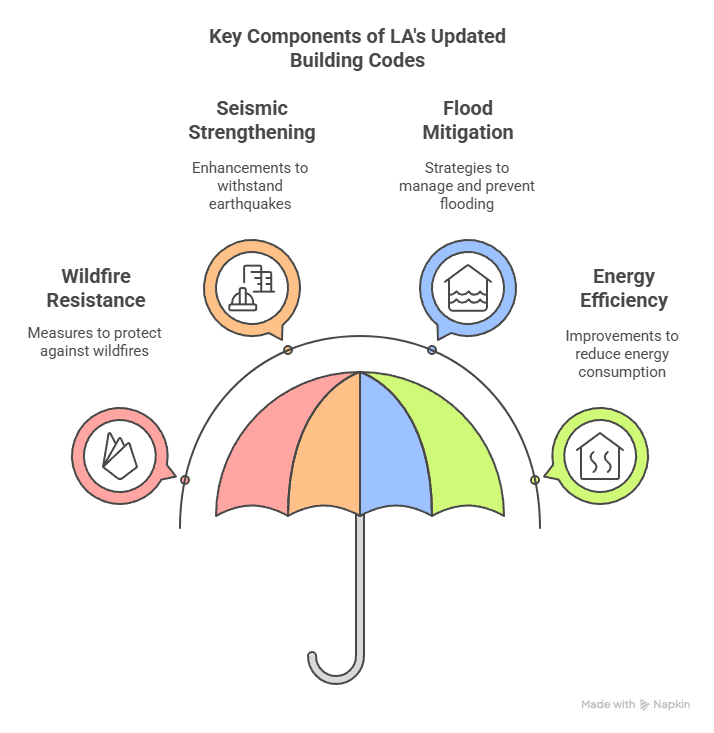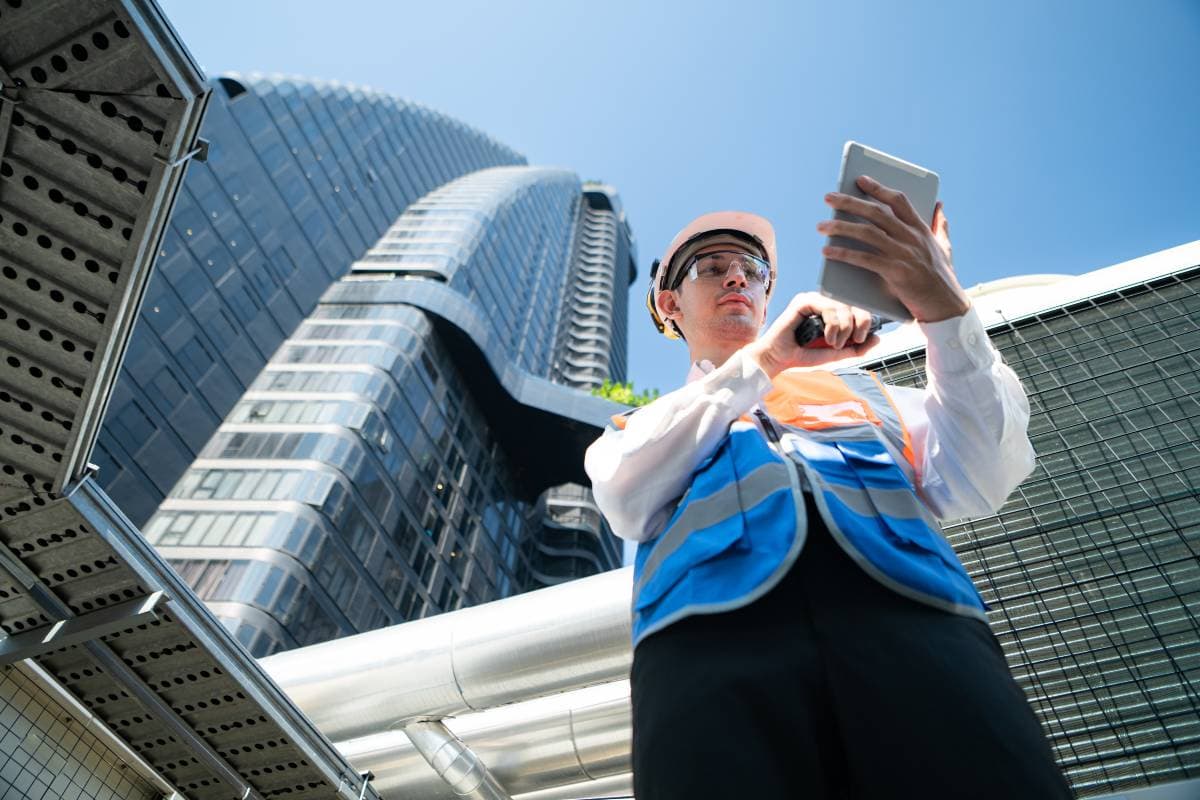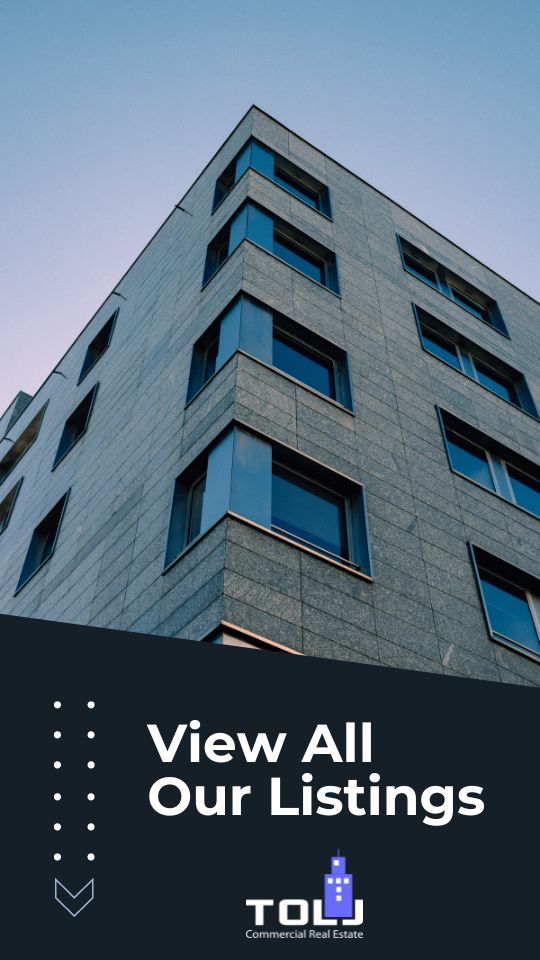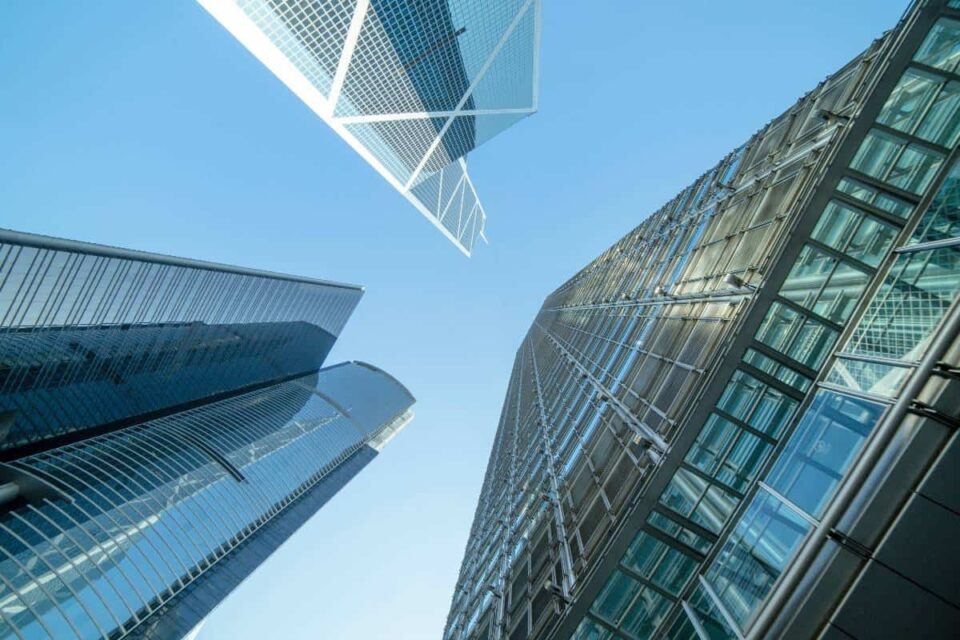As a commercial real estate professional with almost two decades of experience, I’ve witnessed firsthand how climate change is reshaping our industry. The increasing frequency of wildfires, earthquakes, and flooding in Los Angeles has made one thing crystal clear: our approach to building codes and standards needs to evolve.
Today, I want to share how LA’s updated climate resilience and building codes are creating better environments and why this matters for everyone from property owners to tenants and investors. This isn’t just about compliance—it’s about future-proofing our city and becoming more climate resilient.
Key Takeaways:
- Los Angeles is pioneering stricter building codes to combat multiple climate threats and safety hazards, including wildfires, earthquakes, and rising sea levels
- Future-proofing commercial properties through resilient design can increase property values while reducing insurance costs and maintenance expenses
- Investing in climate-resilient buildings now provides long-term protection for property owners and creates safer, more sustainable communities
The Rising Importance of Climate Resilience in Los Angeles
Los Angeles faces a unique combination of climate challenges. From the devastating wildfires that sweep through our hillsides to the ever-present earthquake risk and the looming threat of sea level rise along our coastlines, our city sits at the intersection of multiple climate-related vulnerabilities.
In response, LA has been steadily strengthening its building codes. The latest updates focus on creating structures that can withstand these intensifying environmental stressors while reducing their carbon footprint. These aren’t just incremental changes—they represent a fundamental shift in how we approach construction and property development.
For commercial property owners and investors, understanding these code changes isn’t just about compliance—it’s about recognizing a market shift that will increasingly value resilience and sustainability as a core property attribute.
Key Components of LA’s Updated Building Codes
The recent updates to Los Angeles building regulations encourage the implementation of best practices and address several critical areas when creating a more sustainably built environment:

Wildfire Resistance
Properties in wildfire-prone zones now require fire-resistant roofing materials, ember-resistant vents, and defensible space requirements. Commercial buildings must implement enhanced sprinkler systems and fire-resistant construction materials that can withstand higher temperatures.
Seismic Strengthening
The city has implemented more stringent seismic retrofitting requirements for existing structures and higher standards for new construction. These include enhanced foundation requirements, structural reinforcement, and flexible design elements that allow buildings to absorb earthquake energy without catastrophic failure.
Flood Mitigation
With sea levels projected to rise significantly in the coming decades, LA has introduced elevated building requirements in coastal zones, improved stormwater management systems, and restrictions on basement development in flood-prone areas.
Energy Efficiency
Recognizing that climate resilience also means reducing our contribution to climate change, updated codes mandate improved insulation standards, high-efficiency HVAC systems, and renewable energy integration for larger commercial developments.
The Business Case for Climate-Resilient Properties
Successful real estate decisions balance immediate costs against long-term value. Climate resilience upgrades represent exactly this kind of strategic investment and will help greatly against the impacts of climate change.
Properties built to these enhanced standards typically command premium rents and selling prices. They also benefit from lower insurance premiums, reduced maintenance costs, and decreased vulnerability to business interruption during extreme weather events.
Implementation Challenges and Solutions
Adapting to these new requirements presents challenges, particularly for owners of older commercial properties. Retrofitting existing structures can be costly and disruptive to current tenants. However, several financing mechanisms are available to help offset these costs while improving resiliency to mitigate natural disasters:
- C-PACE (Commercial Property Assessed Clean Energy) financing allows property owners to fund resilience improvements through property tax assessments
- Federal and state tax incentives for energy efficiency upgrades and disaster preparedness
- Insurance premium reductions that can partially offset the improvement costs
From my experience guiding clients through these transitions, I’ve found that phased implementation often works best. Prioritize critical vulnerabilities first, then address secondary concerns as budget allows.
Future Trends in Building Resilience
Looking ahead, I anticipate several emerging trends in building resilience that will influence Los Angeles real estate:

Adaptive Reuse
Rather than demolishing and rebuilding, adaptive reuse preserves existing structures while implementing targeted resilience upgrades. This approach maintains embodied carbon, reduces waste, and preserves neighborhood character.
In Los Angeles, we’re seeing aging office buildings transformed into mixed-use spaces with enhanced structural reinforcements, modern envelope improvements, and integrated water conservation systems—delivering climate resilience while revitalizing underutilized properties.
Smart Building Technology
Automated systems that monitor and respond to environmental threats are becoming essential components of resilient buildings. Advanced sensors detect everything from structural stress during earthquakes to air quality changes during wildfires.
These technologies can automatically shut down vulnerable systems, reroute power, and alert occupants to emerging hazards. As costs decrease, these innovations are transitioning from luxury features to standard elements in commercial properties across Los Angeles.
Community-Scale Solutions
Resilience strategies now extend beyond individual buildings to encompass neighborhood-level approaches. Shared infrastructure like microgrids, district cooling systems, and coordinated stormwater management proves more effective than isolated solutions.
Local business improvement districts are funding communal resources such as backup water supplies and cooling centers. These collaborative approaches improve effectiveness while reducing costs through economies of scale, making resilience more accessible to diverse property types.
Climate Risk Disclosure
Financial institutions increasingly require climate risk assessments before financing commercial properties. Lenders examine exposure to wildfires, flooding, extreme heat, and seismic vulnerability as part of their due diligence. This trend is accelerating with new regulatory requirements from both federal and state agencies.
Properties with documented resilience measures secure better financing terms and attract ESG-focused investors, while those with unaddressed vulnerabilities face challenges obtaining competitive insurance and loans.
As these trends develop, properties that have already embraced resilient design will have a significant competitive advantage in the marketplace.
FAQs
How much do climate resilience upgrades typically cost for commercial properties?
Are there any tax benefits available for implementing climate resilience measures?
How do climate-resilient buildings affect insurance costs?
What are the most cost-effective resilience upgrades for older commercial buildings?
How will climate resilience affect property valuation in the coming years?
Conclusion
The evolution of climate resilience and building codes in Los Angeles reflects a necessary response to our changing climate reality. As your commercial real estate advisor, I strongly encourage property owners to view these changes not as regulatory burdens but as opportunities to enhance property value and future-proof investments.
I’d be happy to discuss specific resilience strategies for your commercial properties and help you navigate these changes successfully. Reach out today to schedule a consultation on how we can turn climate challenges into opportunities for your real estate portfolio.



